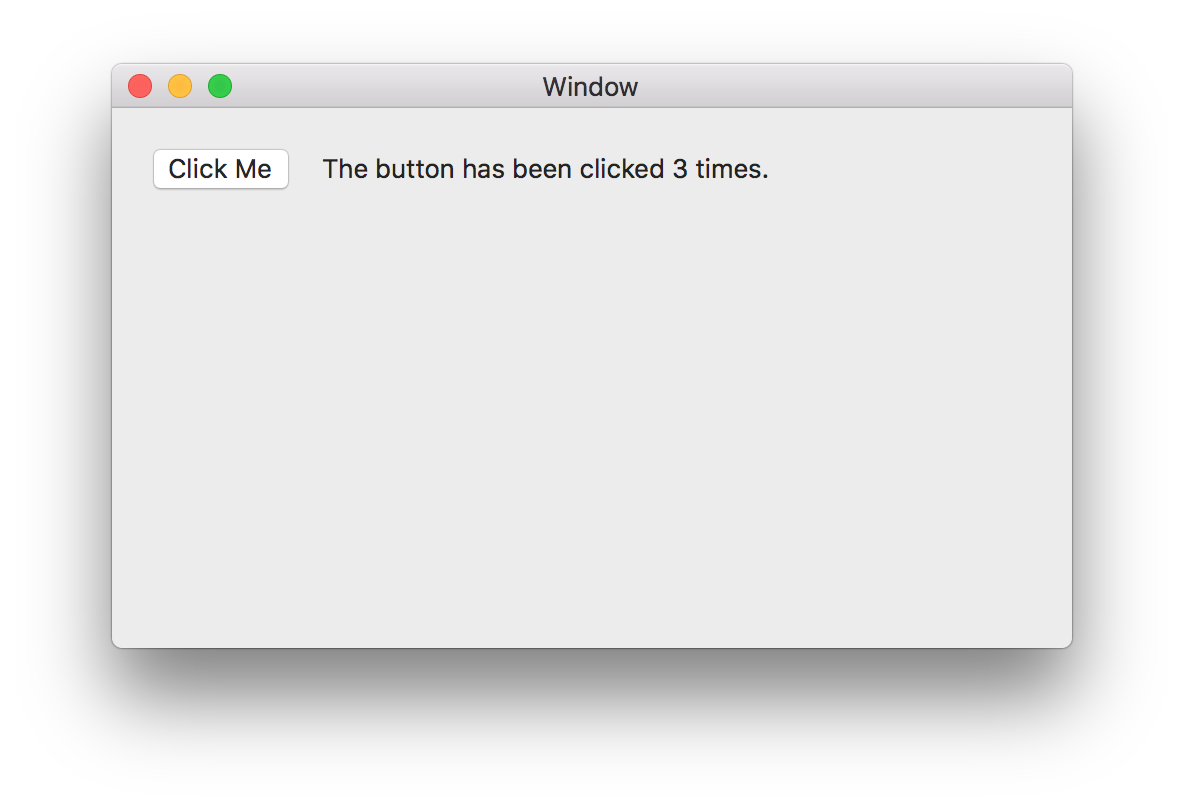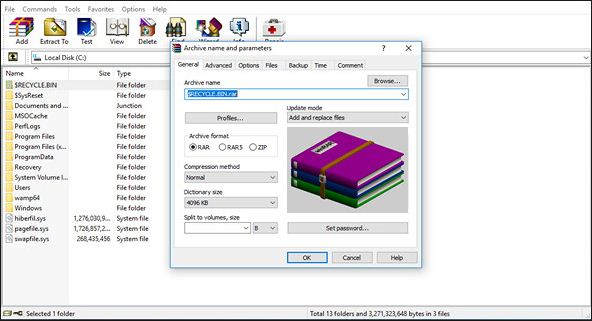Updated: January 1, 2021 Home » Bitcoin [ Buy, Sell, Mine & Invest ]
With Cryptocurrency price stock shooting through the roof, BitCoin is making all the other altcoin a good choice. Ethereum and Cryptocurrency in general are designed from the ground up to be as open and transparent as possible. The client diversity is a huge win for the entire ecosystem, it lets us verify that the protocol while keeping the door open for new innovation. However, due to the lack of GUI Client, it can be very confusing for end-users. We’ve compiled some of the more user friendly Ethereum mining software for the general public.
Alternative 2020 Article ➤ 10 Best BitCoin Alternatives – Profitable Cryptocurrencies Mining With Home Computers
GUI Format is a tool used to assist in the formatting of a microSD card. You may use this tool to help expedite the format process. Click the 'GuiFormat.exe' link below to begin the downl. UNICO-GUI is a comprehensive software package for the evaluation boards of all MEMS sensors available in ST’s product portfolio (accelerometers, gyroscopes, magnetometers and environmental sensors). It is available for three operating systems: STSW-MKI109L for Linux Debian-based; STSW-MKI109M for Mac OS X; STSW-MKI109W for Windows.
Why Ethereum Cryptocurrency instead of the more popular BitCoin? Ethereum is one of the most ambitious blockchain project. It runs its own cryptocurrency, called Ether, but goes beyond being just digital currency. Ethereum is a decentralized platform that allows building smart contracts: decentralized applications (dapps) that run as they coded without any possibility of censorship, downtime, fraud or third parties interference.
Ethereum Vs. Bitcoin: What Sets Them Apart? Cryptocurrency Ether could potentially prove more lucrative than Bitcoin. It’s been flying in Bitcoin’s shadow, but investors are taking notice of its powerful financial technology.
↓ 01 – Parity | Windows | macOS | Docker | Ubuntu
Parity Technologies is proud to present our powerful new Parity Browser. Integrated directly into your Web browser, Parity is the fastest and most secure way of interacting with the Ethereum network. They’ve created the world’s fastest and lightest Ethereum client and integrated it directly into your web browser. Using it you can access all the features of the Ethereum network including powerful Decentralised applications and the multitude of cryptocurrencies issued on ethereum. Works great on Microsoft’s Windows 10 and Apple’s macOS.
- High Performance – Tuned, hand-optimised use of low-level Rust-language, JITEVM turbocharges execution of complex contracts and Multi-level in-memory caching
- Ultra Reliable – Memory and concurrency safety guaranteed by Rust language, Actor-based modularity ensures maximal resilience, and Unit-tested and peer-reviewed from day one
- Future Proof – Standard, JSON-based, chain-specification format, EVM plugins allow native speed contracts, and Actor-based modular architecture with IPC
- Small Footprint – Rust’s ownership tracking facilitates minimal memory footprint, Cache management gives fine control to user, and State-trie pruning minimises storage footprint
↓ 02 – MinerGate | Windows | macOS | Fedora | Ubuntu
MinerGate is a mining pool created by a group of cryptocoin enthusiasts. It is the first pool which provides service for merged mining. This means that while mining on our pool you can mine different coins simultaniously without decrease of hashrate for major coin.
↓ 03 – cpp-ethereum | Windows | macOS | Docker | Ubuntu
cpp-ethereum is the third most popular of the Ethereum clients, behind geth (the go client) and Parity (the rust client). The code is exceptionally portable and has been used successfully on a very broad range of operating systems and hardware. cpp-ethereum is extremely portable and is used on a very broad range of platforms.
↓ 04 – WinEth | Windows
Mining Ethereum just got easy with one click mining for AMD and NVidia Cards on Microsoft Windows. Mining ETH on Windows can be easy and profitable if you have appropriate hardware. The best hardware is a Gaming PC equipped with one or more high-end video cards. Mining is not feasible on low-end video cards or machines without dedicated video cards. You need to have a GPU (video card) with at least 4GB of memory for mining Ethereum. The Radeon HD 7970, R9 and RX series are all good choices. nVidia 1060 and 1080 cards also work well.
- Graphical Windows app targetting Win7 through Win10, 64-bit only
- CUDA and OpenCL – CUDA 5.2+ right now
- Automatically configures itself to Nanopool for the wallet address you provide
- Background (low power) mode and “Mine only when Idle” mode
- Automatic updates and automatic transmission of errors including GPU type and driver version using Microsoft Application Insights, so we can identify and resolve problems automatically
- There is a dev fee of one minute of mining every 100 minutes
- Binaries are signed with an extended verification signing certificate from digicode to provide some level of confidence it is not malware.
↓ 05 – Go Ethereum ( Official ) | Windows | macOS | Ubuntu
Go Ethereum is one of the three original implementations (along with C++ and Python) of the Ethereum protocol. It is written in Go, fully open source and licensed under the GNU LGPL v3. Go Ethereum is available either as a standalone client called Geth that you can install on pretty much any operating system, or as a library that you can embed in your Go, Android or iOS projects.
Recommended for you:

For Apple Mac users, there are two ways to format USB flash drive to FAT32, including Disk Utility and Terminal command line. Refer to detailed steps of using both tools for FAT32 format. Formatting would erase data completely, make sure that you have a data backup. Otherwise, you can use data recovery software to recover data from a formatted USB drive.

Are you looking for a secure way to format USB to FAT32 on Mac? You are at the right place. Follow here, you can find two methods that will assist you in doing so on your storage device. And if you lost data during the formatting, reliable Mac file recovery software is ready to help anytime:
| Workable Solutions | Step-by-step Troubleshooting |
|---|---|
| Method 1. Use Disk Utility | Connect USB to Mac > Go to Applications > Utilities > Disk Utility > Select USB and click 'Erase'...Full steps |
| Method 2. Use Terminal Command | Connect USB to Mac > Hit cmd + space keys > Type terminal and hit Enter...Full steps |
| Bonus Tip. Recover Formatted Data | If you lost data due to formatting, run EaseUS file recovery software > Scan and recover formatted data...Full steps |
How to Format a USB Flash Drive with Mac to FAT32
Computer users who use a USB might have the demand for formatting it to the FAT32 file system. Compare with the other commonly used NTFS file system on a flash drive, FAT32 has a compatibility advantage across many operating systems.
It's a universal format that is compatible with Mac OS X/macOS, Windows, Linux, and DOS systems. So, if users anticipate using the flash drive with more than one operating system, they will definitely benefit from the FAT32 file system. For Apple Mac users, there are two ways to format a USB flash drive to FAT32, namely Disk Utility and Terminal command line. Below are the detailed steps of the FAT32 format with both methods.
Method 1. Format FAT32 on Mac [Disk Utility]
To format USB to FAT32 with Disk Utility will erase all data on the flash drive, so before you doing so, please do remember to check whether you have saved useful data to another secure device in advance.
To format the USB drive to FAT32, follow the next steps:
Step 1. Connect the USB flash drive to your Mac computer.
Step 2. Go to Applications >Utilities > Double click and open Disk Utility.
Step 3. Select your USB flash drive on the sidebar, choose Erase.
Step 4. Rename the USB flash drive (optional).
Step 5. Choose the format as MS-DOS (FAT) for Format, Master Boot Record for Scheme. Then click Erase.
Wait for the process to complete, then you'll get an empty new USB flash drive with FAT32 as the file system. You can use it for saving data again.
Method 2. Format FAT32 on Mac [Terminal Command Line]
The command-line behavior does the same way to erase data with the Disk Utility. Again, create a backup before taking this action.
To format FAT32 on Mac with Terminal, follow the next steps:

Step 1. Connect the USB flash drive to your Mac computer.
Step 2. Hit cmd + space to run Spotlight, type: terminal, and hit Enter.
Gui Format For Mac
Step 3. Type: diskutil list and find out which disk is your USB drive.

Step 4. Type: sudo diskutil eraseDisk FAT32 MBRFormat /dev/disk2.
- sudo gives you user right.
- Diskutil calls disk utility program.
- eraseDisk commands to format.
- FAT32 sets the file system.
- MBRFormat tells disk utility to format with a Master Boot Record.
- /dev/disk2 is the location of the USB drive.
Wait for the process to complete. After this, you can type 'diskutil list' in the command again to check if the formatting has been successful.
Bonus Tip: How to Recover Data from Formatted USB
Formatting the USB would erase the data on it completely, so please make sure that you have a backup. If you don't, you can count on data recovery software to retrieve the lost data.
EaseUS Data Recovery Wizard has both Windows and Mac versions, so it's a good choice for data recovery, no matter you're using a PC or Mac. For Mac users, it only takes a few clicks for the software to scan and display the formatted data. To guarantee an effective data recovery without spending money to no avail, you can install the Mac data recovery free version for the first trial. You can preview all the found data before the final recovery.
To recover data from a formatted USB flash drive on Mac, follow the next steps:
Gui Format For Mac
Step 1. Correctly connect your USB flash drive to your Mac. Launch EaseUS Data Recovery Wizard for Mac. Start selecting the flash drive and click 'Scan' to let the software search lost files on it.
Step 2. After a quick scan and deep scan, all files will be presented in the left panel in the scan results.
Step 3. Select files you want to recover and click the 'Recover Now' button. Don't save the recoverable files to the USB drive itself in case of data overwriting.